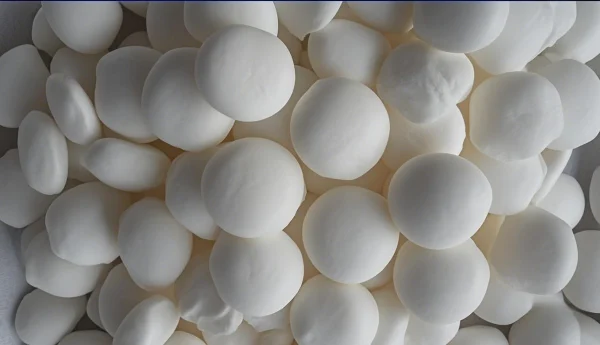
1. Introduction
Heap leaching stands as a prevalent technique for extracting gold from low - grade ores. In this process, Sodium cyanide solution is frequently utilized as the leaching agent. Among the numerous factors influencing the efficiency and safety of heap leaching, controlling the pH value of the Sodium Cyanide Solution is of utmost significance.
2. Chemical Principles Underlying pH Value Control
2.1 Gold Dissolution Reaction
When using Sodium Cyanide solution to leach gold, a specific chemical reaction occurs. Under alkaline conditions, this reaction is more effective. During the reaction, cyanide ions in the solution interact with gold. This interaction results in the formation of soluble gold - cyanide complexes, which enables the extraction of gold from the ore.
2.2 Cyanide Stability and pH
Cyanide exists in an equilibrium state within the solution. Cyanide can react with hydrogen ions present in the solution. When the solution is more acidic (lower pH values), this reaction leads to the formation of hydrogen cyanide, a highly toxic gas. This not only causes a loss of cyanide, increasing the consumption of the leaching agent, but also poses a serious threat to the health and safety of workers due to the toxicity of hydrogen cyanide. Therefore, maintaining an appropriate alkaline pH value is essential. It helps minimize the formation of hydrogen cyanide gas and ensures the stability of cyanide in the solution for efficient gold leaching.
3. Optimal pH Value Range
Typically, in the context of Heap Leaching for Gold Extraction using sodium cyanide solution, the optimal pH value range is generally regarded as being between 10 and 11.5.
3.1 pH Below the Optimal Range
If the pH value of the sodium cyanide solution drops below 10. several negative consequences can occur. Firstly, the rate at which gold dissolves will decline significantly. The reaction between gold and cyanide ions becomes less favorable, leading to a lower extraction efficiency of gold from the ore. Secondly, as previously mentioned, the formation of hydrogen cyanide gas will increase. This is extremely dangerous for workers in the mining area and also has a negative impact on the environment. Additionally, at lower pH values, some impurities in the ore may dissolve more readily, interfering with the formation of gold - cyanide complexes and further reducing the gold leaching rate.
3.2 pH Above the Optimal Range
Although the reaction between gold and cyanide ions is favored under alkaline conditions, if the pH value is too high (above 11.5), problems can also arise. Excessive alkalinity may cause the precipitation of certain metal hydroxides. For instance, metal ions like iron, aluminum, and calcium present in the ore can form insoluble hydroxides. These insoluble hydroxides can coat the surface of the ore particles. This coating layer can impede the contact between the sodium cyanide solution and the gold - bearing minerals, thereby reducing the gold leaching rate. Moreover, higher pH values may necessitate the addition of more alkaline substances, increasing the cost of the process.
4. Methods for pH Value Adjustment
4.1 Lime (Calcium Hydroxide)
Lime is one of the most commonly used reagents for adjusting the pH value of the sodium cyanide solution in heap leaching. When lime is added to the solution, it reacts with water. This reaction releases hydroxide ions, which increase the pH value of the solution, making it more alkaline. Lime is relatively inexpensive and easily accessible, which makes it a popular choice for large - scale heap leaching operations. However, when using lime, attention must be paid to its dosage. Excessive addition of lime can lead to issues such as the formation of scale in pipelines and equipment. This is because the calcium in lime can react with carbonate ions in the solution to form calcium carbonate.
4.2 Soda (Sodium Hydroxide)
Sodium hydroxide is another effective pH - adjusting agent. When added to the sodium cyanide solution, it dissociates in water. This dissociation releases hydroxide ions, which can rapidly increase the pH value of the solution. Compared to lime, sodium hydroxide has a faster and more precise pH - adjusting effect. It is often used in situations where a quick and accurate adjustment of the pH value is required, such as in laboratory - scale experiments or some small - scale heap leaching operations. However, sodium hydroxide is relatively more expensive than lime, which may limit its application in large - scale industrial production.
5. Monitoring and Control of pH Value
5.1 pH Sensors
To ensure that the pH value of the sodium cyanide solution in the heap leaching process remains within the optimal range, pH sensors are commonly employed for real - time monitoring. pH sensors are devices that can detect the concentration of hydrogen ions in the solution. They convert this concentration into a corresponding electrical signal, which is then presented as a pH value. These sensors are typically placed at key locations in the heap leaching system, such as in the leaching solution storage tanks, the pipelines for delivering the leaching solution to the heap, and at the outlet of the heap after the leaching process. By continuously monitoring the pH value, operators can quickly detect any deviations from the optimal range and take appropriate corrective measures.
5.2 Automated Control Systems
In modern heap leaching operations, automated control systems are often integrated with pH sensors to achieve more precise and efficient pH value control. These automated control systems can be programmed to automatically adjust the dosage of pH - adjusting agents (such as lime or soda) based on the real - time pH value data detected by the sensors. For example, if the pH value of the solution drops below the set lower limit, the automated control system will increase the flow rate of the lime slurry or sodium hydroxide solution being added to the leaching solution to raise the pH value. Conversely, if the pH value exceeds the upper limit, the system will reduce the dosage of the pH - adjusting agent. This automated control method not only improves the accuracy of pH value control but also reduces the labor intensity of workers and ensures the stability and continuity of the heap leaching process.
6. Conclusion
In heap leaching for gold extraction using sodium cyanide solution, strict control of the pH value of the solution is of vital importance. The optimal pH value range between 10 and 11.5 ensures efficient gold dissolution, minimizes cyanide consumption, and guarantees the safety of workers and the environment. By using appropriate pH - adjusting agents like lime and soda, and implementing real - time monitoring and automated control through pH sensors and automated control systems, mining companies can optimize the heap leaching process, enhance gold recovery rates, and reduce operational costs. As the demand for gold continues to grow, continuous research and improvement in pH value control technology will play a crucial role in the sustainable development of the gold mining industry.
- Random Content
- Hot content
- Hot review content
- Industrial Grade Sodium Metabisulfite 96.5%
- Colloidal emulsion explosive
- 99.5% min Ammonium Chloride For Industrial Use
- Thiourea 99% high activity Professional Producer
- Cyanoacetic acid 99% Powder
- Fertilizer magnesium sulfate/magnesium sulfate monohydrate
- lithium Carbonates 99.5% Battery Level or 99.2% Industry grade 99%
- 1Discounted Sodium Cyanide (CAS: 143-33-9) for Mining - High Quality & Competitive Pricing
- 2Sodium Cyanide 98% CAS 143-33-9 gold dressing agent Essential for Mining and Chemical Industries
- 3Sodium Cyanide 98%+ CAS 143-33-9
- 4China's New Regulations on Sodium Cyanide Exports and Guidance for International Buyers
- 5Anhydrous Oxalic acid 99.6% Industrial Grade
- 6Oxalic acid for mining 99.6%
- 7Reagent Grade/Industrial Grade Hydrochloric Acid min.31%
- 1Sodium Cyanide 98% CAS 143-33-9 gold dressing agent Essential for Mining and Chemical Industries
- 2High Quality 99% Purity of Cyanuric chloride ISO 9001:2005 REACH Verified Producer
- 3 High-Quality Sodium Cyanide for Leaching
- 4Powdery emulsion explosive
- 5Industry Grade Electron grade 98% Sulfuric Acid H2SO4 Sulphuric Acid Battery Acid Industrial Sulfuric Acid
- 6Colloidal emulsion explosive
- 7sodium hydrosulfide 70% flakes used Mining Industry


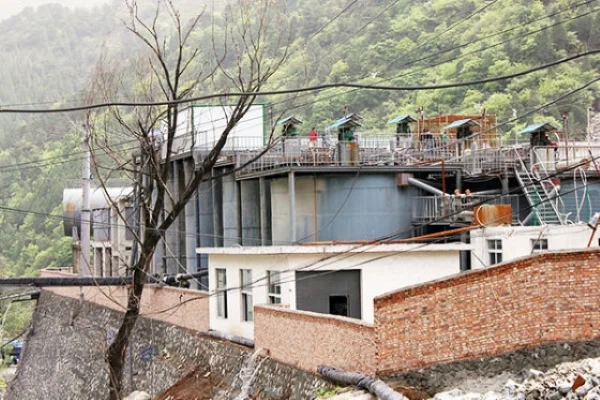
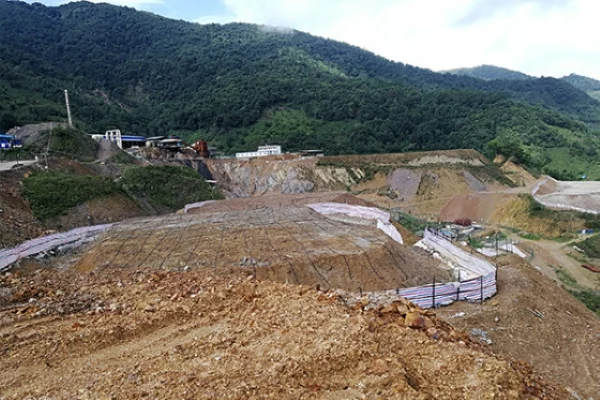

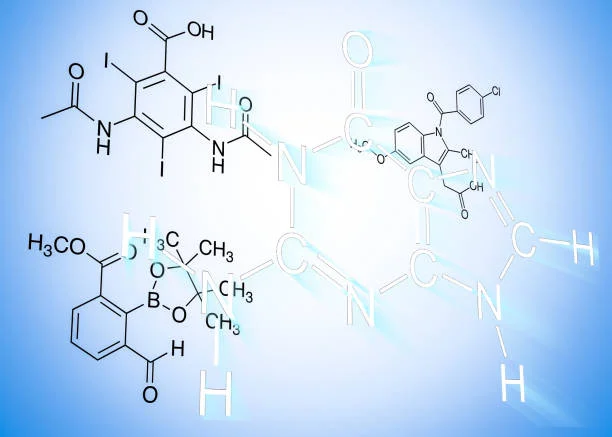
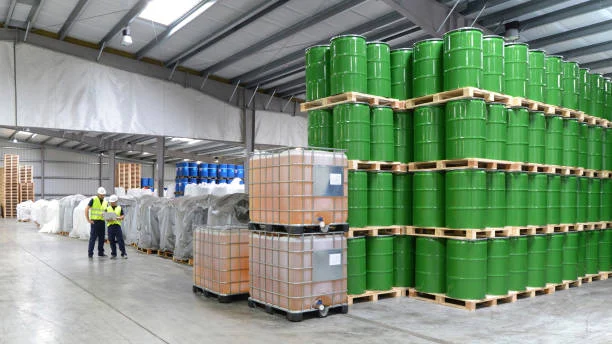

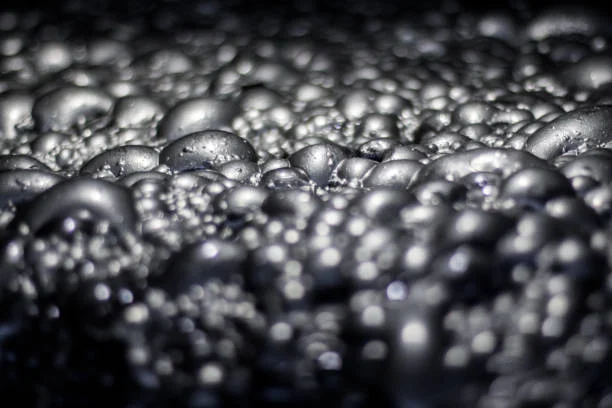



Online message consultation
Add comment: